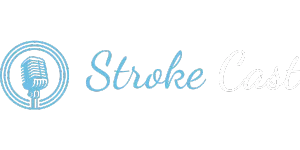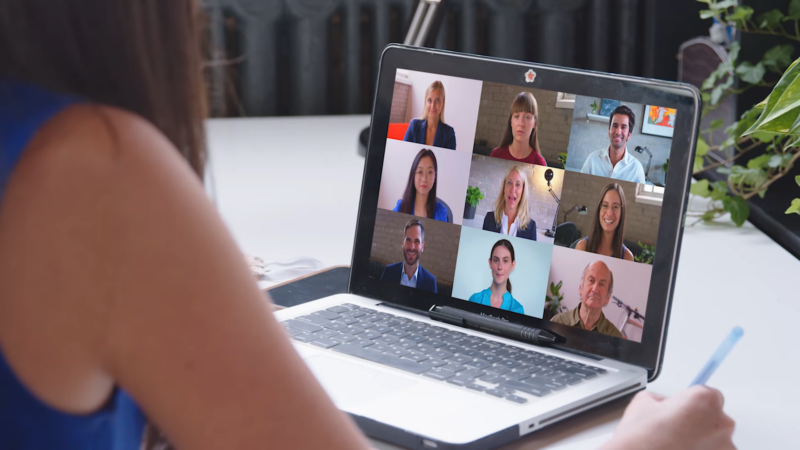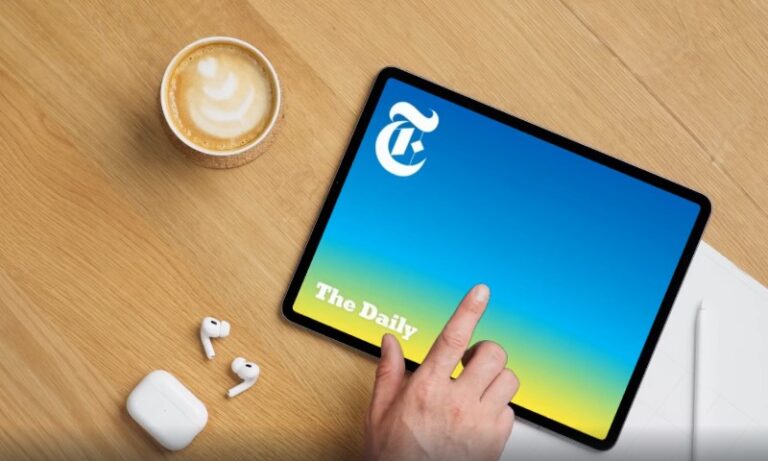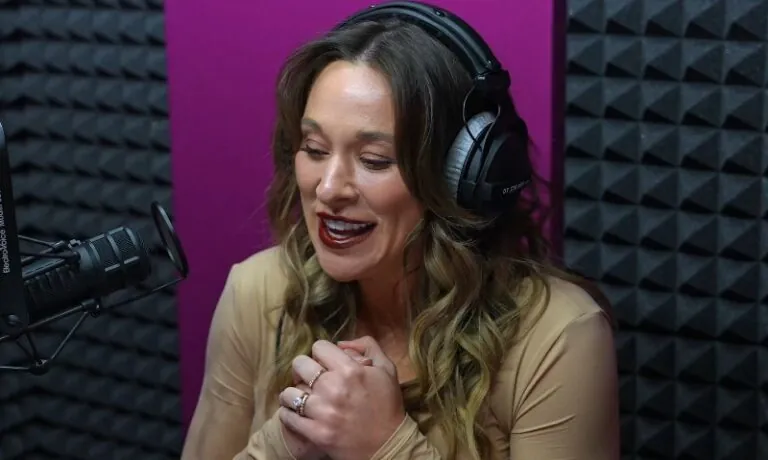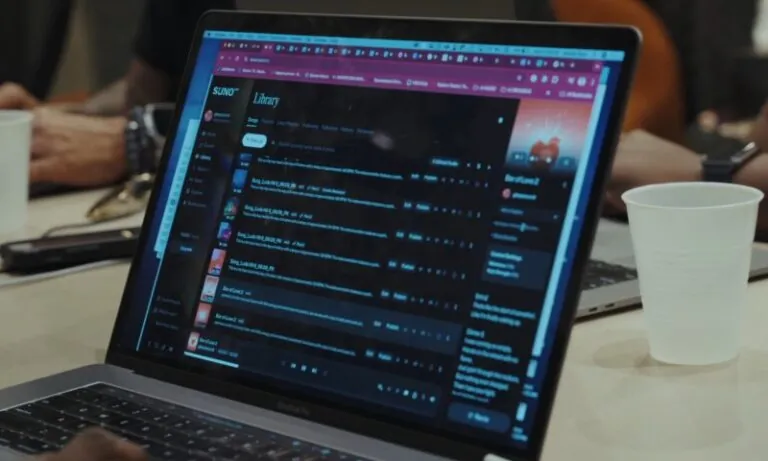Long-distance podcast recording is essential for connecting with guests and co-hosts from different locations.
It offers flexibility and expands the potential for diverse content.
Remote podcast recording can lead to higher quality and more varied podcast episodes.
Table of Contents
TogglePreparation and Equipment Checklist
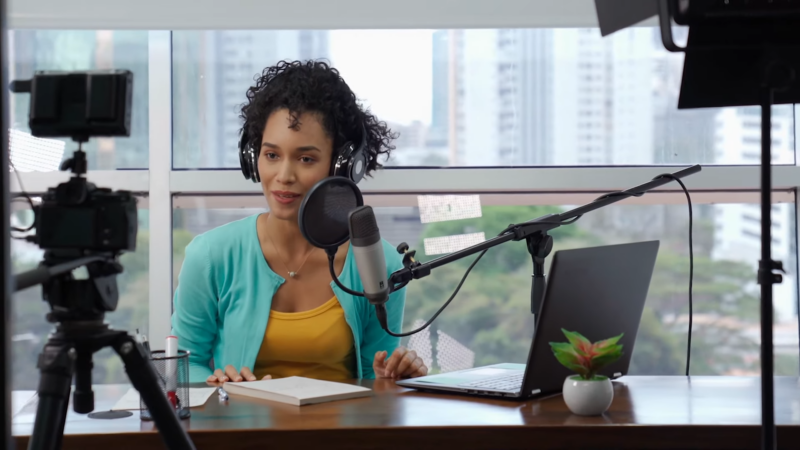
When setting up for remote podcast recording, having the right equipment and software is crucial.
Essential equipment includes microphones (both USB and XLR options), headphones, computers or smartphones, and, optionally, audio mixers.
For video podcasts, video cameras are also necessary.
Software requirements for remote podcast recording involve audio editing software like Audacity or Audition, video conferencing software such as Zoom or Skype, and dedicated remote recording platforms like Riverside.fm or SquadCast.
In addition, using an encoder for streaming and recording like Epiphan’s Pearl Nano can further enhance reliability, making it easier to capture high-quality content while managing both live broadcasts and stored recordings.
Equipment List:
- Microphones: Invest in high-quality USB or XLR microphones.
- Headphones: Ensure you have closed-back headphones to prevent audio bleed.
- Computers or Smartphones: Ensure your devices meet the software requirements.
- Audio Mixers (Optional): Consider using mixers for more control.
- Video Cameras (For video podcasts): Ensure good video quality.
Software List:
- Audio Editing Software: Audacity, Audition.
- Video Conferencing Software: Zoom, Skype.
- Remote Recording Platforms: Riverside.fm, SquadCast.
Ensuring you have the right setup is the first step toward successful remote podcast recording.
Recording Methods
Using dedicated podcast remote recording software offers high-quality local recordings and ease of use.
Platforms like Riverside.fm, SquadCast, and Zencastr are recommended.
These platforms provide instructions for setup and offer best practices to ensure optimal recording quality.
Advantages:
- High-quality local recordings.
- User-friendly interfaces.
- Specialized features for podcasters.
Setup Instructions:
- Create an Account: Sign up on the chosen platform.
- Invite Guests: Send out invites through the platform.
- Test Equipment: Ensure all equipment is working before recording.
- Record: Follow the platform’s instructions to start recording.
Video Conferencing Software
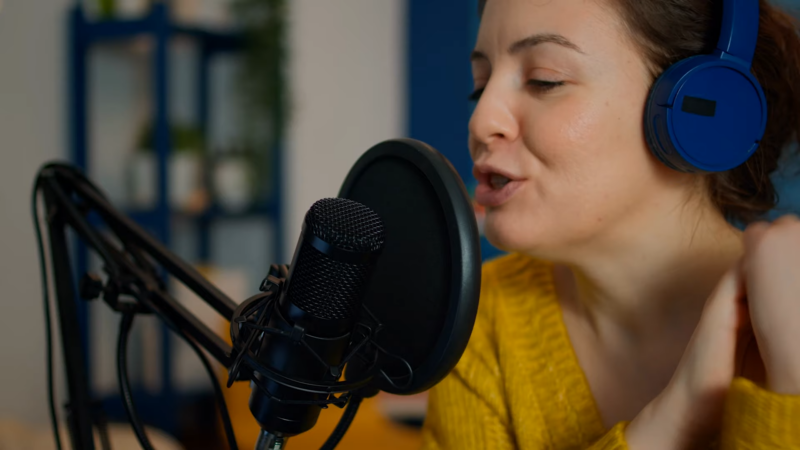
For those familiar with video conferencing, platforms like Zoom, Skype, and Microsoft Teams offer a convenient way to record remote podcasts.
These platforms are easy for guests to access and use.
Advantages:
- Familiarity with software.
- Easy guest access.
- Integrated recording options.
Setup Instructions:
- Schedule Meeting: Set up a meeting and send invites.
- Test Setup: Check audio and video settings.
- Record Session: Use the platform’s recording feature to capture the podcast.
Using an Audio Mixer
Using an audio mixer, like the Rodecaster Pro, provides flexibility and allows the integration of phone calls into your podcast.
Mixers offer more control over audio quality and mixing.
Advantages:
- Enhanced audio control.
- Integration of various audio sources.
Recommended Equipment:
- Rodecaster Pro.
- Other professional audio mixers.
Setup Instructions:
- Connect Microphones and Headphones: Plug into the mixer.
- Configure Settings: Adjust levels and settings.
- Record: Use the mixer to manage and record the session.
Double-Ender Recording

Double-ender recording is known for delivering the highest audio quality.
Advantages:
- Superior audio quality.
- Independent control of each track.
Setup Process:
- Record Locally: Each participant records their audio.
- Synchronization: Use audio editing software to sync tracks.
- Tools Needed: Audio editing software, communication platform (e.g., Skype).
Best Practices for Remote Recording
Ensuring a quiet recording environment is crucial for clear audio in remote podcast recording.
Use headphones to prevent audio bleed, and always test equipment and software before recording. It’s also wise to record a session backup to avoid any data loss.
- Quiet Environment: Choose a noise-free space.
- Headphones: Use to avoid feedback.
- Pre-recording Test: Ensure everything works correctly.
- Backup Recording: Always have a secondary recording.
Following these practices helps achieve professional quality in remote podcast recording.
Related Posts:
- 10 Fitness Tips from the Fresh and Fit Podcast -…
- The Ultimate Beginner’s Guide to Starting a Podcast…
- How Do You Write a Podcast Script That Engages Listeners?
- 150 Best Podcast Interview Questions to Ask
- Top 12 Moments From Whatever Podcast - My Favorite Picks
- Morbid Podcast - Balancing Humor and Horror in True Crime
